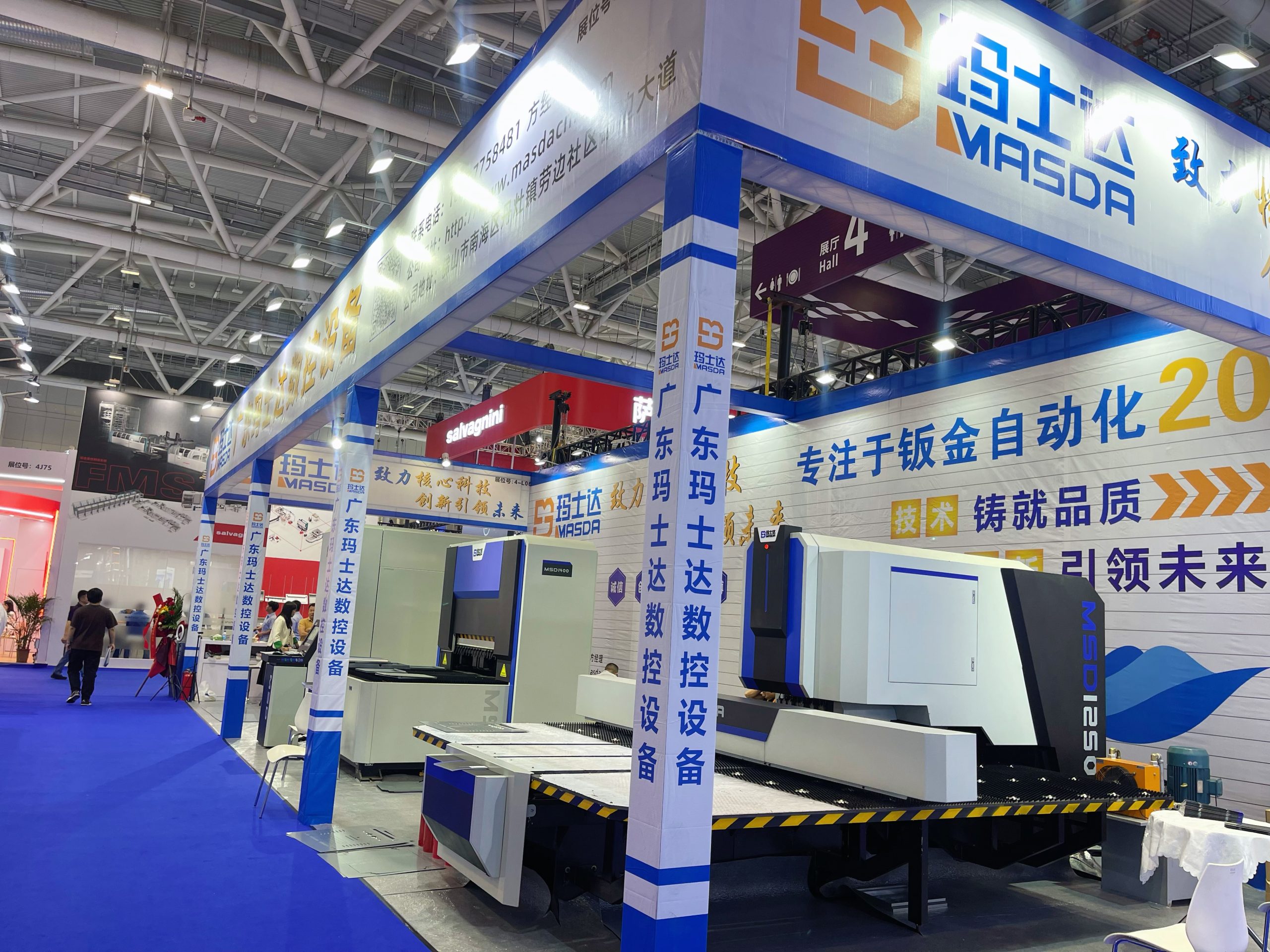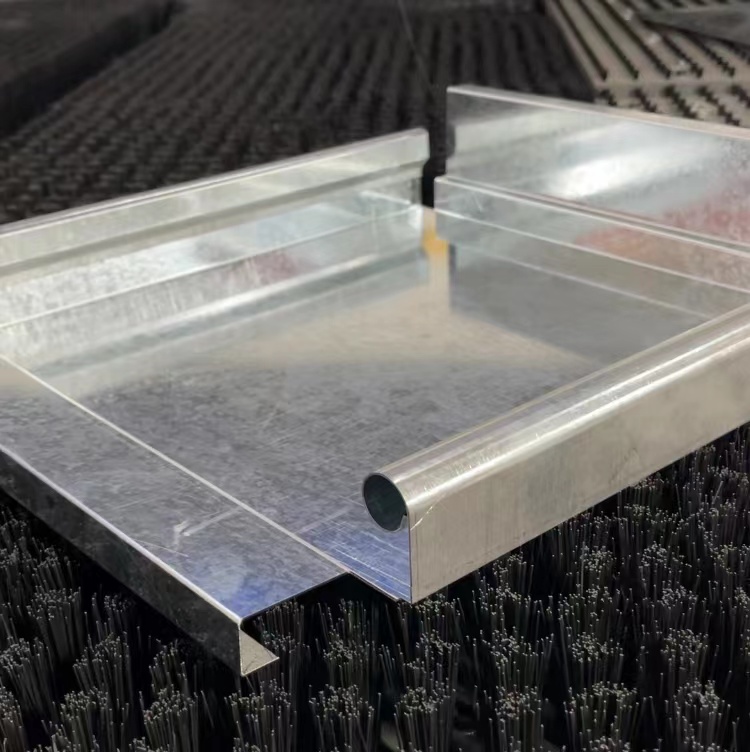
Eliminate deformation: 5 key points of stainless steel bending process
In the field of sheet metal processing, stainless steel bending is a link that places equal emphasis on technical difficulty and process requirements. How to avoid sheet bending process deformation, improve precision and reduce costs?
This article extracts 5 core points from three dimensions: equipment technology, process control and intelligent upgrade, and combines industry pain points and solutions to help you build an efficient and stable stainless steel bending production line.
Mold precision and material selection - the "first line of defense" against deformation
Stainless steel has high hardness and significant cold work hardening effect. Traditional molds are easy to wear and scratch the surface of the plate. Using mold steel (hardness ≥ 60HRC) and precision processing can significantly reduce friction loss and extend the life of the mold.
Full servo drive and dynamic compensation - precise control of rebound
Stainless steel exhibits 2-3 times stronger springback than carbon steel during bending.
This tendency becomes particularly pronounced when processing thin plates or large-angle bends.
Equipped with full servo drive systems, modern equipment detects real-time pressure and displacement to dynamically adjust bending parameters.
Through this closed-loop control, over 80% of springback deformation can be effectively compensated.
One-time positioning of multi-sided bending - reducing deformation caused by flipping
Traditional bending necessitates repeated directional adjustments and sheet flipping, which often leads to distortion.
In contrast, the “one machine, multiple sides” technology employs automatic up/down bending and three-axis linkage to achieve complex shapes like arcs and bidirectional edges without flipping.
Masda equipment enables single-positioning processing of over 8 sides simultaneously.
This innovation triples efficiency while reducing deformation by 60%.
Intelligent process parameter adaptation - say goodbye to "experience dependence"
Inexperienced operators are one of the main reasons for bending deformation. The online detection system can automatically analyze the plate thickness, material (such as the difference between 304 and 301 steel) and ambient temperature, and optimize the bending force and angle in real time.
Modular design and unmanned interface——reducing costs and increasing efficiency
Traditional bending relies on manual die changing, a time-consuming and error-prone process.
The rapid die changing system features a standardized interface, enabling tool switching within 5 minutes, while its robotic arm docking port automates the entire “loading-bending-inspection” workflow.
Masda equipment achieved a 70% reduction in labor costs and 40% lower energy consumption.
Additionally, the system supports large-scale, multi-variety flexible production.
Reshape the bending process through technological innovation.
Precise deformation control in stainless steel bending is no longer just a technical challenge—it defines manufacturing competitiveness.
Modern flexible bending centers integrate four core technologies: high-precision molds, full-servo drives, intelligent algorithms, and automation systems, collectively raising industry benchmarks.
When selecting equipment, prioritize these five critical features to transform technology into your deformation-elimination advantage.

RELATED NEWS





